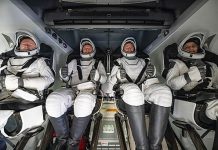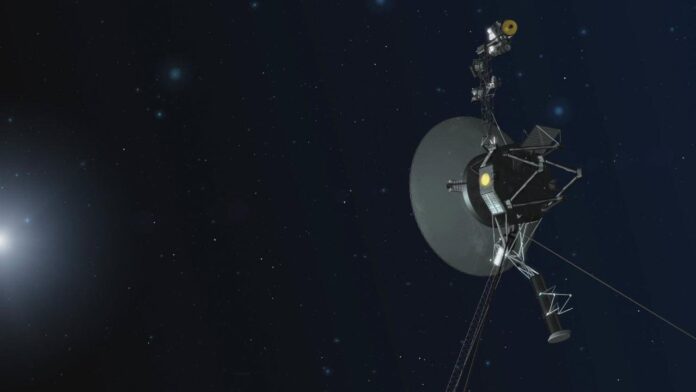NASA’s mission update on 05th August 2023 said Voyager 2 communications has paused. Communications should resume once the spacecraft’s antenna is realigned with Earth in mid-October 2023.
On 4th August 2023, NASA had reestablished full communications with Voyager 2 following an interstellar “shout” from agency’s Deep Space Network (DSN) facility in Canberra, instructing the spacecraft to reorient itself and turn its antenna back to Earth. The spacecraft responded and began returning science and telemetry data, indicating it is operating normally and that it remains on its expected trajectory.
Voyager 2 is currently at a distance of 18.5 light hours (12.3 billion miles or 19.9 billion kilometres) from Earth. It took 37 hours for mission controllers to learn whether the command worked.
Earlier on 01st August 2023, NASA’s Deep Space Network (DSN) was able to detect a carrier signal from Voyager 2 which confirmed that the spacecraft is still operating. Commands sent on 21st July 2023 had inadvertently caused the antenna to point 2 degrees away from Earth. As a result, Voyager 2 was unable to receive commands or transmit data back to Earth.
Voyager 2 is programmed to reset its orientation multiple times each year to keep its antenna pointing at Earth; the next reset will occur on 15th October 2023 which should enable communication to resume.
Voyager 2 was launched first, on 20th August 1977; Voyager 1 was launched on a faster, shorter trajectory on 5th September 1977. Since their launches, Voyager 1 and 2 spacecrafts are continuing on their over-40-year journey and are now exploring interstellar space where nothing from Earth has flown before.
Voyager 1 is currently at a distance of about 22.3 light hours (15 billion miles or 24 billion kilometers) from Earth and continues to operate normally. It took the famous Pale Blue Dot photograph of Earth on 14 February 1990, from a record distance of about 6 billion kilometers before leaving the solar system. On 25th August 2012, Voyager 1 made history when it entered into interstellar space.
Voyager Interstellar Mission (VIM) is exploring the outermost edge of the Sun’s domain. And beyond.
***
Sources:
- JPL NASA. Mission Update: Voyager 2 Communications Pause
- JPL NASA. Fact Sheet. The Voyager Planetary Mission. Accessed on 05 Aug 2023
***




































